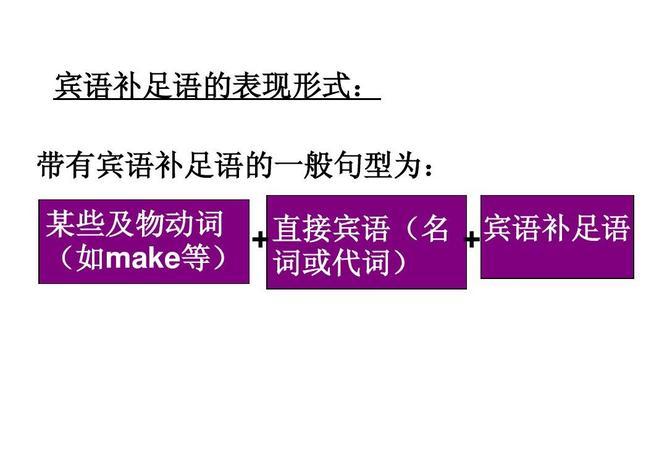英语中的“宾补结构”是由名词、形容词或介词短语构成,用以补充说明宾语的性质、状态或身份。名词宾补用于说明宾语的身份或性质,形容词宾补用于描述宾语的状态或性质,而介词宾补则用于描述宾语的位置、方向或时间。掌握宾补结构对提高英语水平和语言表达能力非常有帮助。

名词宾补
名词宾补通常由形容词、名词或动词不定式作为补语,用来说明宾语的身份或性质。例如:
- I find the idea interesting.(我觉得这个想法很有趣。)
- She made him the manager of the company.(她任命他为公司经理。)
- They elected him chairman.(他们选举他为主席。)
形容词宾补
形容词宾补说明宾语的状态或性质,通常由形容词或过去分词作为补语。例如:
- She painted the room blue.(她把房间涂成了蓝色。)
- I heard him singing in the shower.(我听到他在淋浴时唱歌。)
- They found the door locked.(他们发现门被锁住了。)
介词宾补
介词宾补通常由介词短语作为补语,用来说明宾语的位置、方向或时间等。例如:
- They painted the house white.(他们把房子刷成了白色。)
- He drove the car into the garage.(他把车开进了车库。)
- She kept the cake in the fridge.(她把蛋糕放在了冰箱里。)

